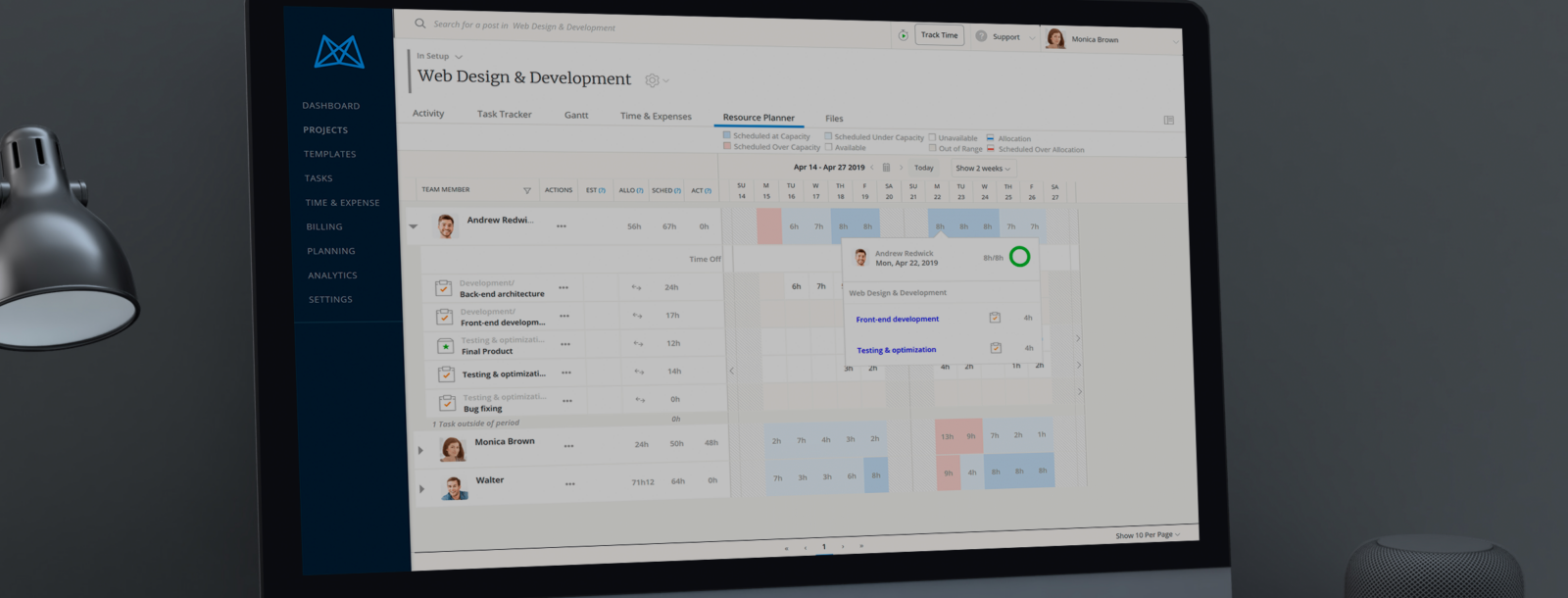For years, spreadsheets were Primitive Spark’s go-to tool for managing client engagement financials. Unfortunately, spreadsheets gave us little clarity into how our projects positively or negatively impacted our profits until well after projects were put to bed. Hindsight being 20/20, we did learn from mistakes and successes, but knew there must be a better way.
Ironically, we happen to specialize in designing B2B software that often results in users abandoning the time-honored, but limiting spreadsheet. The products we create are typically born out of the need for higher quality data and for better tools to analyze that data. In essence, via thoughtful UX, our product designs deliver smarter insights that go way beyond what can be achieved with plain ole spreadsheets.
So, when our company experienced a growth spurt last year, we did an all-out search for “grown up” project management tools. The team thoroughly evaluated more than fifteen tools, and finally narrowed down the field to a few contenders that had the functionality we needed.
Without successful product adoption from our staff, however, we would never get the consistent, quality data we craved. What’s the best way to make staff (ours, a group of pro UX designers no less) moan, groan, and stomp their feet in resistance? Require them to use a product with poor UX. Daily.
We ended up running two product trials with our team. One product caused a fair bit of the aforementioned foot stomping. The product that had the key features, AND the good UX we require was Mavenlink. The web-based platform was quick to learn and easy to incorporate into staff routines. We soon saw dramatically better levels of insight into projects and staff utilization. We also increased our profit margin by 136% — which is, you know, nothing to moan about.
Our success prompted Mavenlink to turn our story into a nifty case study. Get the whole story here.










